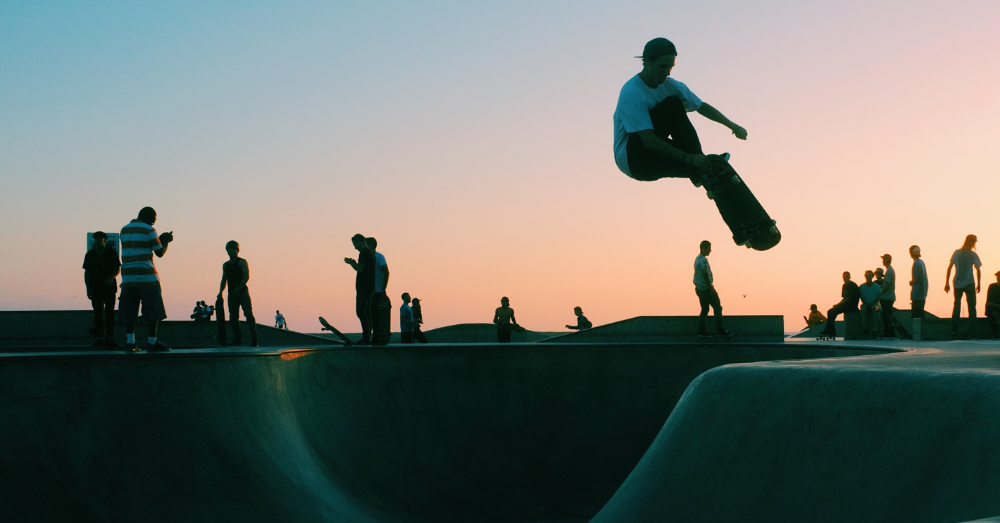The rise of DIY skateparks showcases how public space is reclaimed, reimagined, and repurposed.
What happens when a community doesn’t wait for permission but builds what it needs anyway? For skateboarders across the country, the answer has long been simple: pour the concrete yourself. As cities like Salisbury, MD, show, these raw, handmade parks can evolve from renegade projects into recognized parts of local life.
Salisbury, Maryland: A Skate Scene That Pushed Through
Salisbury’s skateboarding community took the initiative when no suitable local park existed. What began as a grassroots effort eventually gained momentum and official support. Phase 1 of the Salisbury, MD, Skatepark opened in 2015, followed by Phase 2-A in 2018. Now, the city is pursuing funding for Phase 2-B, the final expansion. This slow but steady progress shows how passionate local efforts can steer city development and create lasting recreational infrastructure.
Portland’s Burnside: The DIY Blueprint
If Salisbury is part of a new wave of DIY recognition, Burnside Skatepark in Portland is where that wave started. Carved out in 1990 under the Burnside Bridge without any official approval, the park was built one bag of cement at a time by skaters who simply wanted a place to ride. Over the years, Burnside’s legend grew. Today, it’s a protected and city-recognized skatepark, seen as the prototype for DIY projects around the world.
Philadelphia’s FDR Skatepark: Built to Expand
In Philadelphia, FDR Skatepark tells a similar story of self-made success. What began as a small, skater-led project under Interstate 95 has grown into one of the largest DIY skateparks in the U.S. Volunteers continue to shape and expand it, adding new elements and keeping the park alive through sheer force of will and community pride.
Other Corners of Creativity
In Milwaukee, the community-led National DIY Skatepark emerged in 2020 beneath Interstate 94. Skaters transformed an underused park-and-ride lot into a layered concrete canvas using donations, volunteer hours, and a relentless belief in their vision. What started as a hidden spot quickly grew into a gathering place, drawing newcomers and veterans alike.
Over in Richmond, Virginia, Texas Beach Skate Park sits quietly along the James River, another testament to persistence. Like many before it, Texas Beach began without permission but eventually gained the support of city officials.
Why These Parks Matter
Each of these DIY parks tells a different story, but they exist because skaters refused to wait for permission. They reflect communities that have claimed neglected spaces and turned them into something fun and useful. In the process, they’ve redefined what public space can look like.
DIY skateparks might start in the margins, but as more cities recognize their worth, they’re finding a place in the center of community life. Whether it’s under a bridge in Portland or by a river in Richmond, one thing is clear: when skaters take the lead, the results are anything but temporary.

